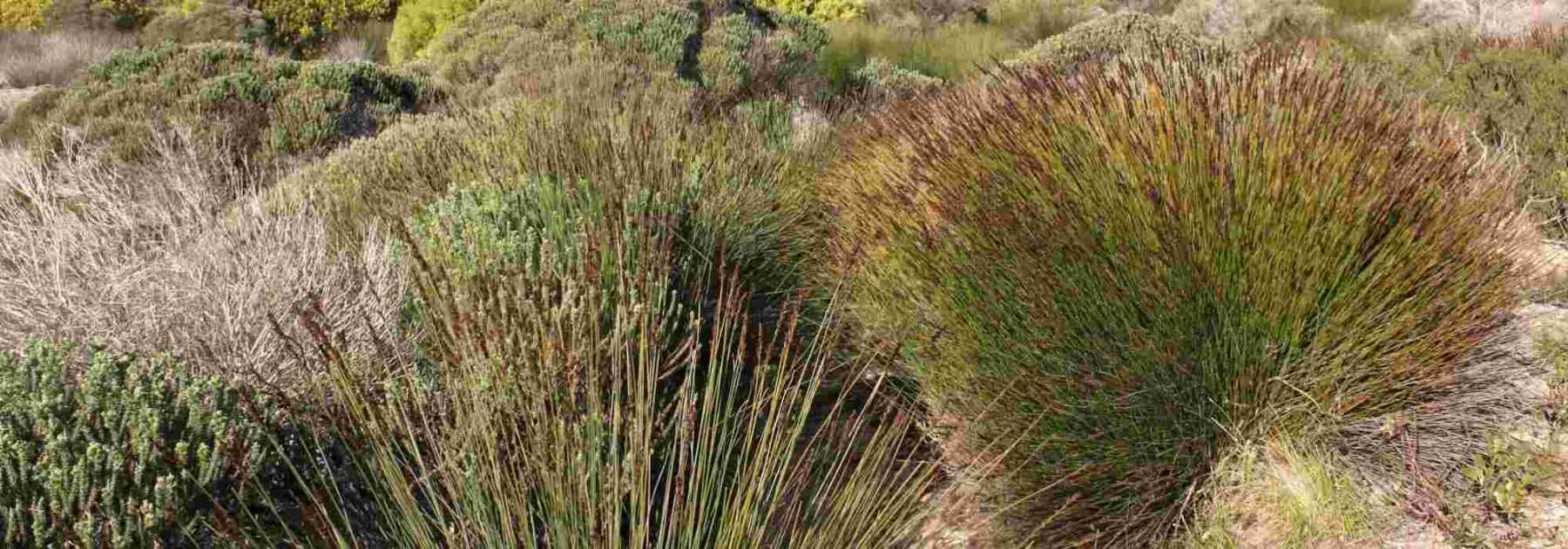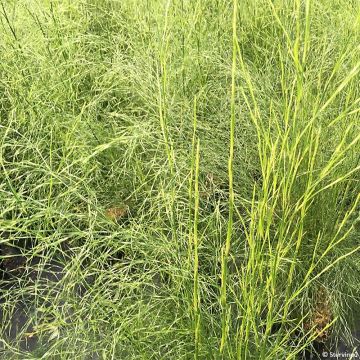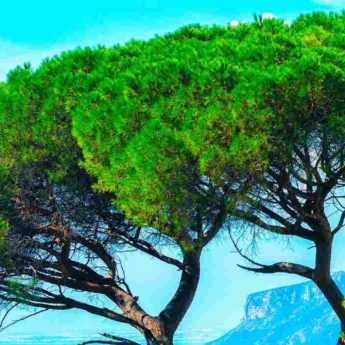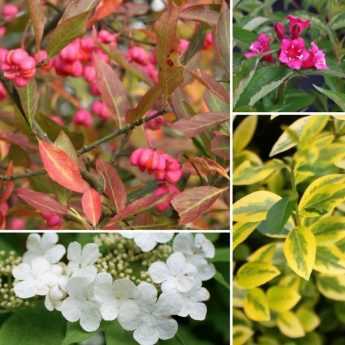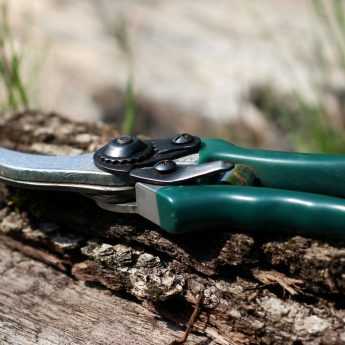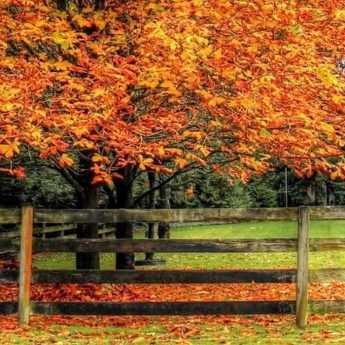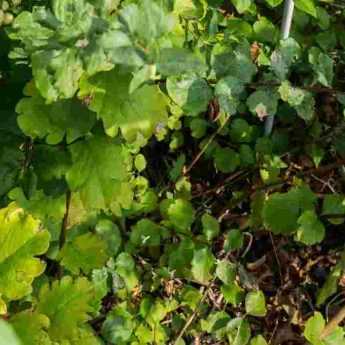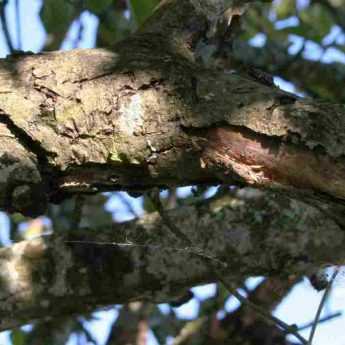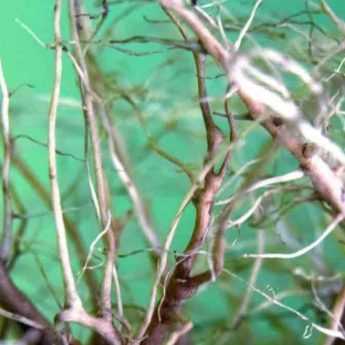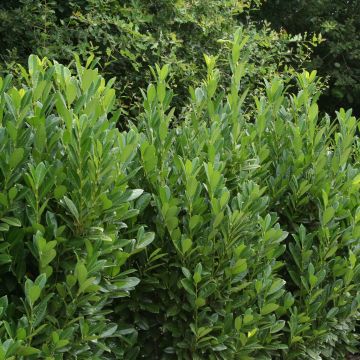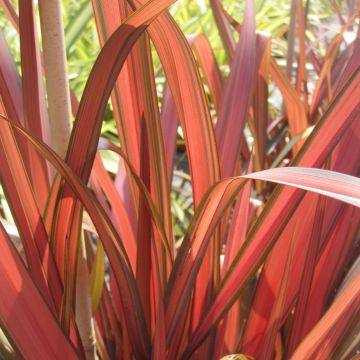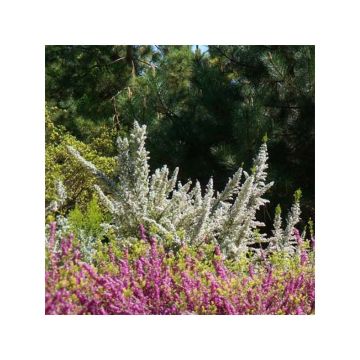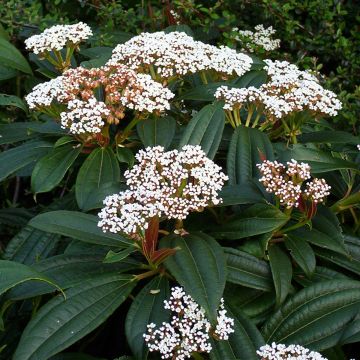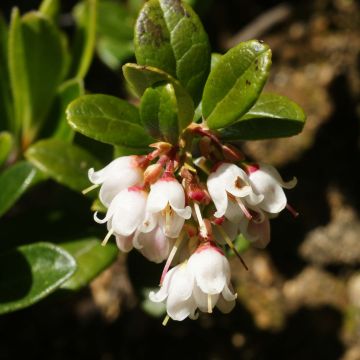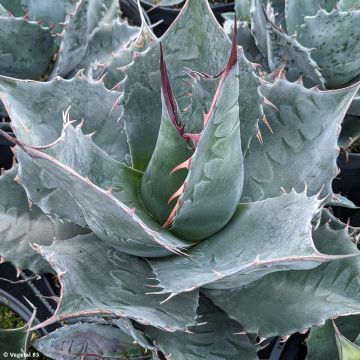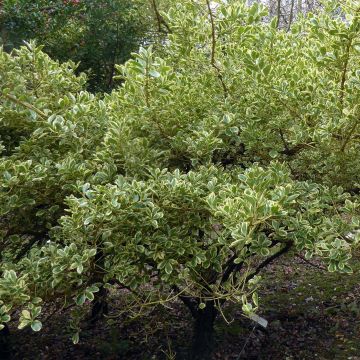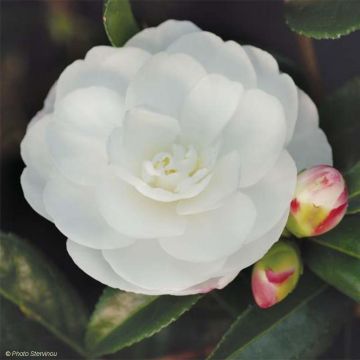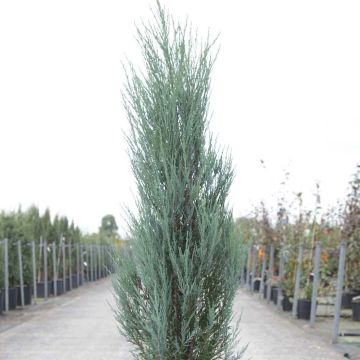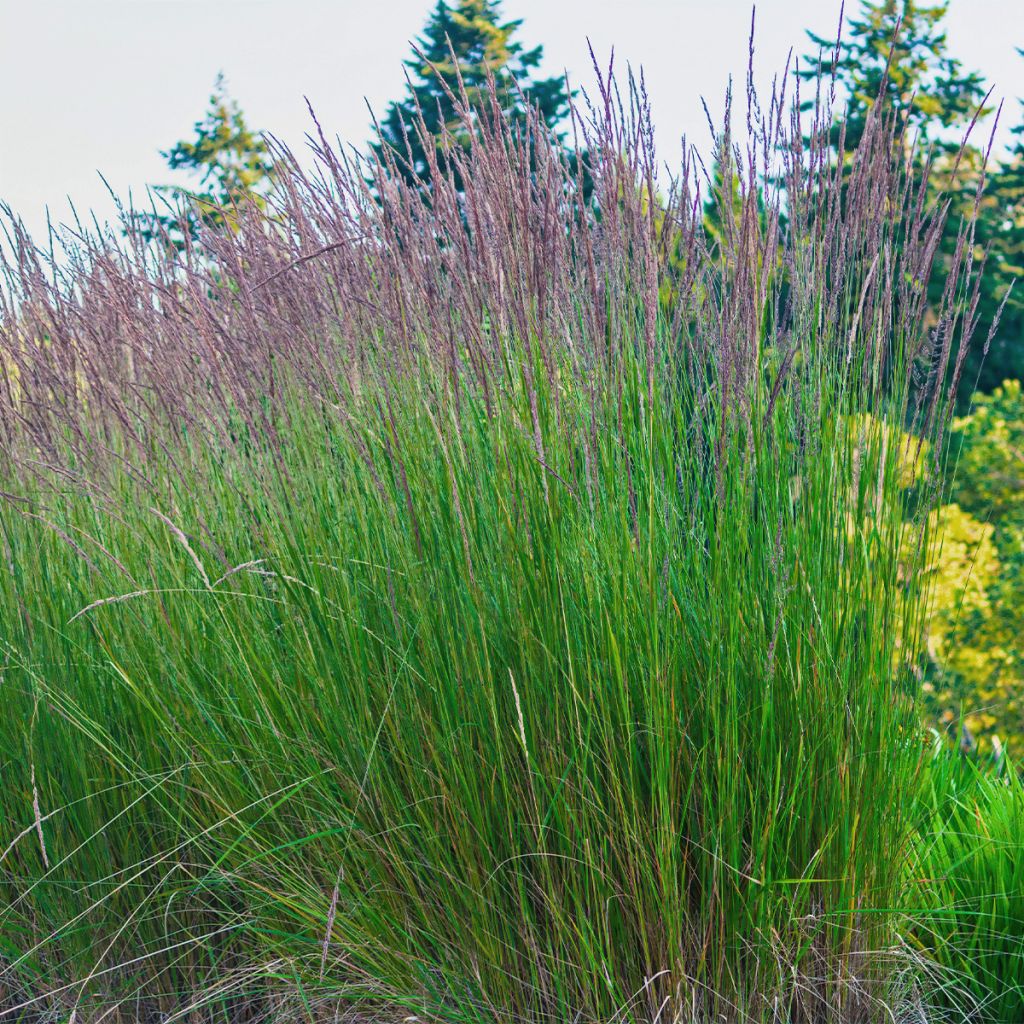

Apodasmia similis - Restio
Apodasmia similis - Restio
Apodasmia similis
Oioi, Restio
Garantie de reprise de 24 mois sur cette plante
Plus d'infos
Nous garantissons la qualité de nos plantes durant un cycle végétatif complet.
Nous remplaçons à nos frais toute plante n'ayant pas repris dans des conditions climatiques et de plantation normales.
A partir de 7,90 € pour une livraison en relais et 6,90 € pour une livraison à domicile
Livraison express à domicile en 24-48h: 8,90 €.
Cette plante est-elle adaptée à mon jardin ?
Je crée mon profil Plantfit →
Description
L'Apodasmia similis (synonyme Leptocarpus similis) fait partie d'un groupe de grandes vivaces des terres australes aux allures de graminées, de roseaux ou de bambous que l'on nomme couramment Restio. Celui-ci, de belle stature, n'est certes pas le plus rustique, mais l'un des plus joliment colorés et des plus adaptables à différentes conditions de culture. La plante forme une touffe dense de tiges minces ponctuées de bractées brunes, de couleur gris-vert virant au vert-jaune puis à l'orange en fin de saison, ornée d'épis de jolies fleurs rouges en été. C'est une plante à la fois originale, robuste et décorative, à cultiver en pleine terre en climat doux ou dans un grand bac à hiverner partout ailleurs.
L'Apodasmia similis est une plante de la famille des restionacées. Il s'agit d'un restio botanique natif de Nouvelle-Zélande. On l'y retrouve plus spécifiquement dans les régions côtières, sur des sols humides et salés, mais aussi dans les zones marécageuses, ou encore le long des autoroutes. Cette plante préfère les terrains humides, voire inondés, elle est parfaitement adaptée aux conditions du bord de mer, ce qui ne l'empêche pas de bien tolérer des périodes sèches une fois établie. Encore très peu plantée dans nos jardins, on connaît mal ses limites en matière de résistance au froid sous nos climats. Certaines sources indiquent jusqu'à -8°C en pointe.
Sous nos climats favorables, cette grande vivace herbacée forme une touffe de tiges émergeant de la souche, s'évasant légèrement vers le haut. Sa croissance est assez lente, la plante possède une souche rhizomateuse puissante qui s'élargit avec le temps, sans devenir envahissante. En pleine terre, elle atteindra environ 1 m en tous sens. La plante développe des chaumes ou tiges fines (1.5 à 2.5 mm de diamètre), rigides, de couleur gris-vert, vert olive ou rougeâtre, où se dessinent des nœuds munis de courtes gaines foliaires brunes, décoratives. Les tiges ne portent pas de vraies feuilles. À l'extrémité de chaque rameau apparaissent des inflorescences mâles ou femelles selon les individus. Cette plante est dioïque, c’est-à-dire qu'il existe des pieds mâles et des pieds femelles. La floraison a lieu juin-juillet selon le climat, sous forme de longs épis de couleur rouge vif chez les femelles, d'un rouge plus brun chez les mâles, suivies par la formation de capsules brunes et brillantes sur les femelles, en présence de plants mâles. En théorie persistante, la végétation sera détruite par le gel, mais une plante bien installée repartira de la souche au printemps. Dans son pays d'origine, on utilise les propriétés dépolluantes de cette plante en lagunage ou pour assécher les zones trop humides.
L'Apodasmia similis est une graminée colorée, peu ordinaire, qui laisse rarement indifférent pour qui l'a aperçue dans ses contrées d'origine. On l'installera en pleine terre dans nos régions côtières épargnées par les gelées sévères où il fera sensation, aussi bien sur les berges des points d'eau dont il apprécie le sol humide, que dans un sol beaucoup plus sec et sableux. On peut l'utiliser de manière très décorative également sur la terrasse, à hiverner en climat trop froid. En pleine terre ou en pot, son association avec les étonnants Boronia, des bambous ou des Nandina, les Dierama, des Callistemon ou encore d'autres graminées dans un décor plus contemporain est toujours réussie. Ses fleurs sont très belles dans les bouquets secs.
Apodasmia similis - Restio en images...
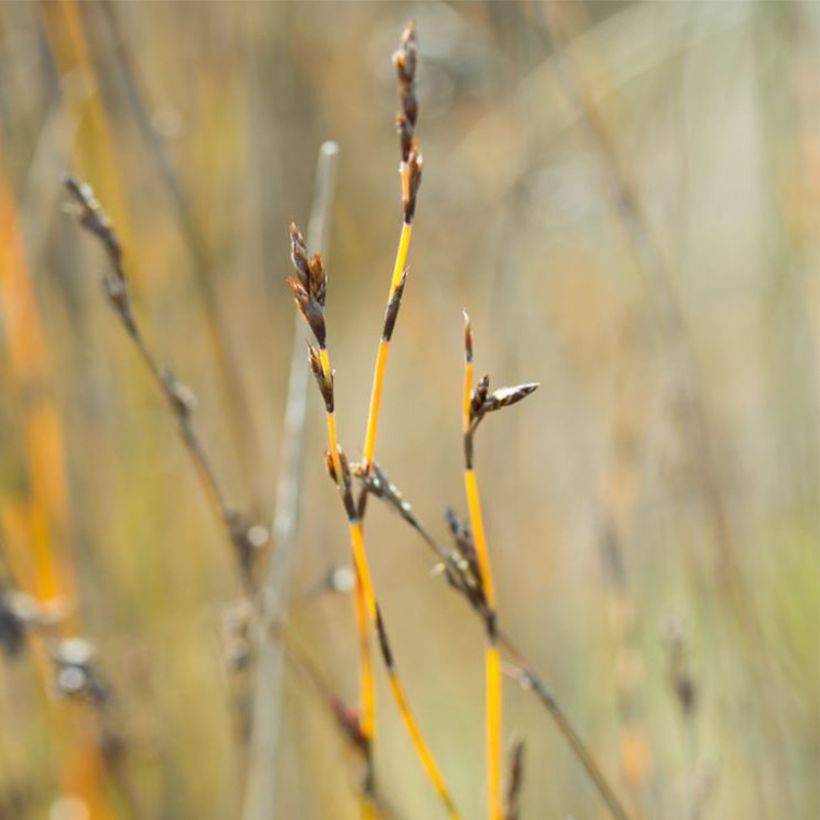

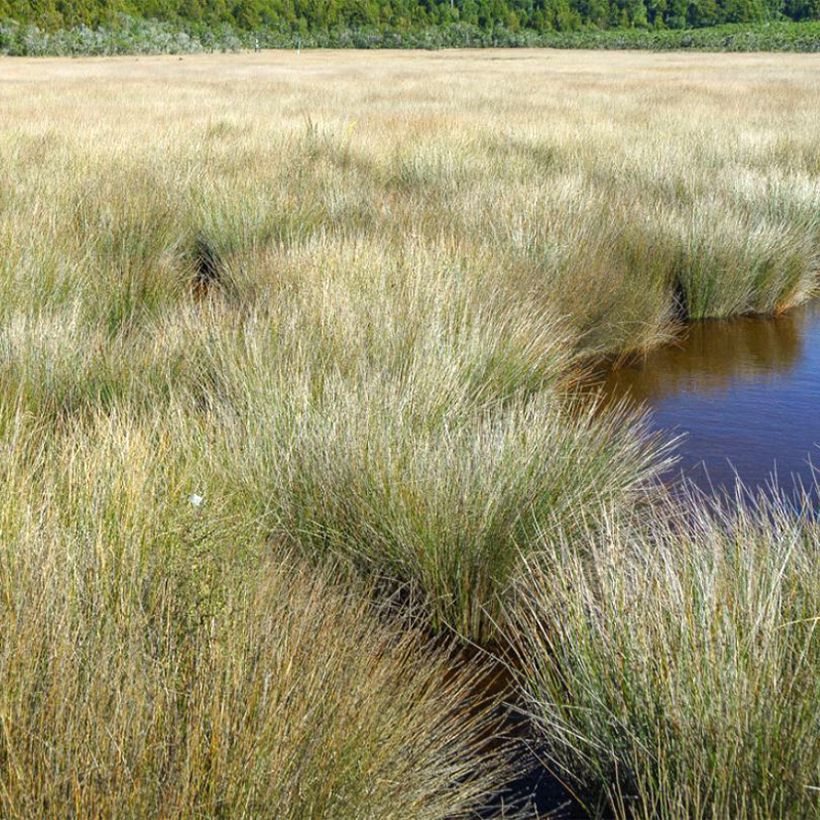

Port
Floraison
Feuillage
Botanique
Apodasmia
similis
Restionaceae
Oioi, Restio
Leptocarpus similis
Océanie
Autres Restios
Plantations et soins
L'Apodasmia similis se plante au printemps, après les dernières gelées en région fraîche, plutôt en début d'automne en climat plus doux. C'est une excellente plante pour le bord de mer. Installez-le dans tout sol bien préparé et correctement ameubli. Il est peu difficile sur la nature du sol, qui pourra être argileux, limoneux, sableux, même légèrement calcaire, ou au contraire légèrement acide. Choisissez une exposition très ensoleillée. Protégez la souche par un épais paillis protecteur en hiver. Il est bien adapté à nos climats océaniques doux. Veillez à ce qu'il ne manque pas d'eau lors de son installation. En cas d'été très sec, quelques arrosages copieux seront les bienvenus. Il ne demande aucun entretien particulier et n'a pas d'ennemi sous nos climats. En pots, veillez également à ce que la plante ne manque pas d'eau et apportez de l'engrais pour plantes vertes du printemps à l'automne, dilué dans l'eau d'arrosage, tous les 15 jours.
La multiplication se fait par division des touffes au printemps.
Quand planter ?
Pour quel endroit ?
Soins
Nos conseils plantation et soins
Transplanter un arbuste
notre spécialiste
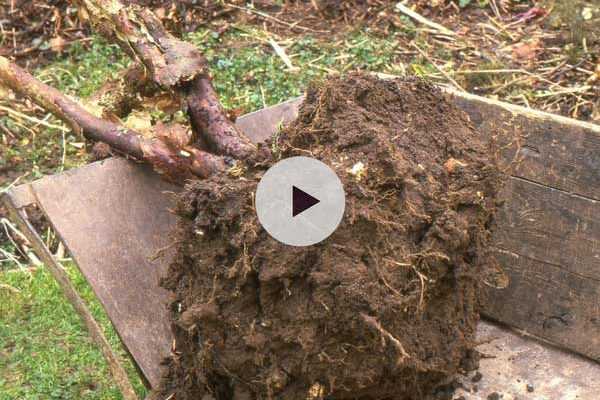
Cet article n'a pas encore reçu d'avis; soyez le premier à partager votre expérience.
Arbustes à feuillage persistant
Vous n'avez pas trouvé votre bonheur ?
La rusticité est la température hivernale la plus basse qu'une plante puisse endurer sans subir de dommages sérieux, voire mourir. Cette rusticité est toutefois affectée par l'emplacement (zone abritée, comme un patio), les protections (voile d'hivernage) et le type de terre (la rusticité est améliorée par un sol bien drainé).

Conditions Générales d'Utilisation du Service Photos Client
Dans le but de favoriser l’interaction et le partage d'expériences entre jardiniers, Promesse de fleurs propose différents services permettant le dépôt de contenus sur son Site – via notamment le module « Partage de photos».
L’Utilisateur s’interdit de:
- Publier tout contenu illégal, préjudiciable, injurieux, raciste, incitant à la haine, révisionniste, contraire aux bonnes mœurs, portant atteinte à la vie privée ou portant atteinte aux droits privatifs de tiers, notamment le droit à l’image des personnes et des biens, le droit de propriété intellectuelle ou le droit au respect de la vie privée
- Déposer des contenus pour le compte d’un tiers
- Usurper l’identité d’un tiers et/ou publier toute information personnelle d’un tiers
D'une manière générale, l’Utilisateur s’engage à s’abstenir de tout comportement contraire à l’éthique
L’ensemble des Contenus (notamment textes, commentaires, fichiers, images, photos, vidéos, œuvres, etc… ), éventuellement soumis à des droits de propriété, propriété intellectuelle, droit à l’image ou autre droit privatif restent la propriété de l’Utilisateur, sous réserve des droits limités accordés par la licence définie ci-dessous à Promesse de fleurs. Les Utilisateurs sont libres de publier ou non de tels Contenus sur le Site via notamment le service « Partage de photos » et acceptent que ces Contenus deviennent publics et librement accessibles notamment sur Internet.
Ils reconnaissent, s’engagent et garantissent disposer de l’ensemble des droits et autorisations nécessaires pour une telle publication sur le Site, notamment au titre de la législation en vigueur et des droits au respect de la vie privée, de propriété, de la propriété intellectuelle, à l’image, des contrats ou de toute autre nature. Par une telle publication sur le Site, les Utilisateurs ont conscience d'engager leur responsabilité en tant qu'éditeur du Contenu au sens de la loi, et accordent sur le dit Contenu, pour toute la durée de publication, à Promesse de fleurs, une licence non exclusive, gratuite, mondiale, incluant les droits de reproduction, de représentation, de chargement, d’affichage, d’exécution, de transmission, de stockage.
Les Utilisateurs autorisent également que leur nom puisse être associé au Contenu et acceptent que cette association ne soit pas toujours faite.
Par leur publication, les Utilisateurs autorisent qu'un Contenu puisse devenir automatiquement accessible sur internet, notamment sur d'autres sites et/ou blogs et/ou pages web du site Promesse de fleurs incluant notamment les pages des réseaux sociaux et le catalogue de Promesse de fleurs.
Les utilisateurs peuvent librement obtenir le retait des contenus confiés, en contactant le service client via le formulaire de contact

































